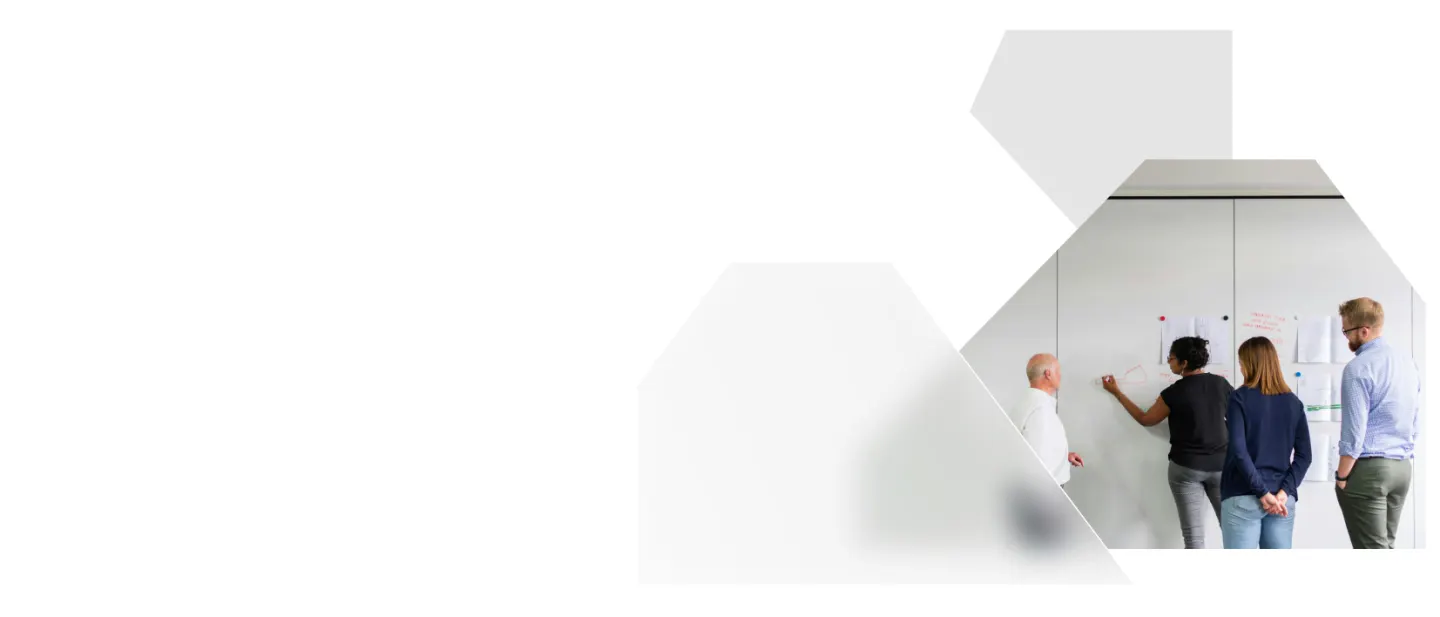
2025 AlixPartners Disruption Index: Get ready for the productivity push
We live in a world disrupted by escalating risks and uncertainties. A fracturing world order and rising geopolitical conflict are inflicting a devastating human toll and undermining the collective gains from decades of globalization.
Populations across much of the world are aging rapidly, with profound implications for how we live and work. Cybercrime, disinformation, polarization, and diminished trust in institutions are the new reality of our hyper-connected existence. At the same time, new technologies promise to create opportunities for people and companies through faster productivity and economic growth, abundant and cheap energy, and longer and higher quality lives through advances in healthcare.
In its sixth year, the AlixPartners Disruption Index reports that executives have faced more disruption over the past 12 months with higher risks on the horizon, a reversal of the trend for the previous two years.
Disruption is up, but so is confidence. See what executives of top-performing companies are doing differently as they anticipate, shape, and respond to disruption.

For over 40 years, we have helped companies and their stakeholders harness transformational opportunity respond to critical challenges, and achieve outsized outcomes amid complexity. Find out how we do it.
When it really matters